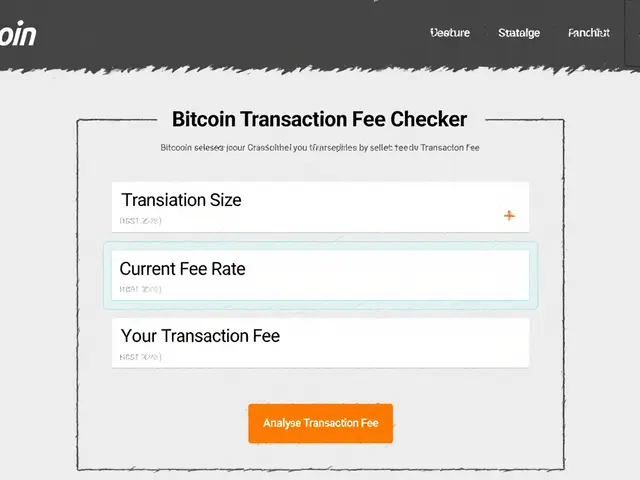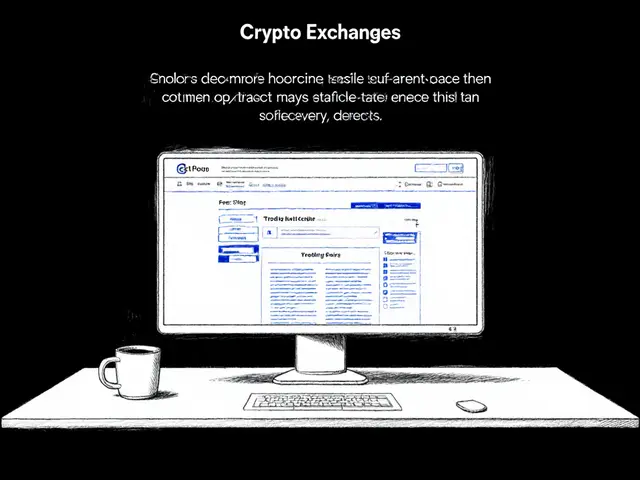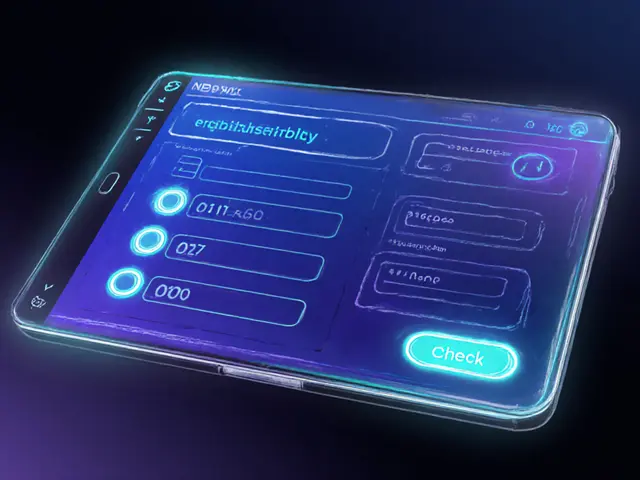Cybersecurity
When you hear the term Cybersecurity, the practice of protecting computer systems, networks, and data from malicious attacks. It’s also known as information security, and it touches everything from personal passwords to corporate firewalls. Modern Quantum Computing, a computing paradigm that uses quantum bits to solve problems far beyond classic computers is shaking the foundations of traditional security, especially for the widely used RSA 2048, an encryption algorithm based on the difficulty of factoring large numbers. To stay ahead, experts turn to Post‑Quantum Cryptography, cryptographic algorithms designed to resist attacks from quantum computers, often guided by standards from NIST, the U.S. National Institute of Standards and Technology that publishes cryptographic guidelines. In short, Cybersecurity encompasses threat assessment, requires continuous skill upgrades, and is directly influenced by emerging technologies like quantum computing.
Key concerns shaping today’s security landscape
First, the quantum threat timeline is no longer a sci‑fi plot. Recent breakthroughs suggest that a sufficiently powerful quantum machine could start cracking RSA‑based keys within the next decade. That pushes organizations to migrate to post‑quantum algorithms before regulatory deadlines hit. Second, the NIST post‑quantum standardization process is in its final round, meaning the industry will soon have a clear set of vetted algorithms to replace vulnerable primitives. Third, legacy systems still running RSA 2048 are the low‑hanging fruit for attackers, so mapping where those keys sit and planning a phased replacement is a practical first step. Together, these factors create a clear semantic chain: quantum computing threatens RSA, post‑quantum cryptography mitigates that risk, and NIST provides the roadmap for implementation.
Beyond the big picture, everyday security practices still matter. Strong password hygiene, multi‑factor authentication, and regular patching form the baseline that buys you time while you transition to quantum‑resistant solutions. Many firms use vulnerability scanners to spot outdated RSA certificates, then schedule upgrades during low‑traffic windows. Others adopt hybrid approaches, running both classic and post‑quantum algorithms side‑by‑side to ensure compatibility with older devices. This layered strategy reflects the principle that cybersecurity is not a single tool but a combination of processes, policies, and technologies working together.
What you’ll find in the collection below is a mix of deep dives and actionable guides that match this reality. One article walks you through the quantum computing threat timeline, showing when RSA 2048 might become obsolete and how to prepare. Another breaks down the NIST post‑quantum roadmap, highlighting which algorithms are ready for deployment. Whether you’re a developer, a security manager, or just curious about the next big risk, these pieces give you concrete steps and clear context. Dive in and discover how to future‑proof your digital assets while staying grounded in today’s best practices.
Quantum Computing Threat Timeline: When RSA 2048 May Be Broken
A detailed look at the quantum computing threat timeline, covering probability forecasts, regulatory deadlines, technical breakthroughs, and practical steps for migrating to post‑quantum cryptography.
View More




